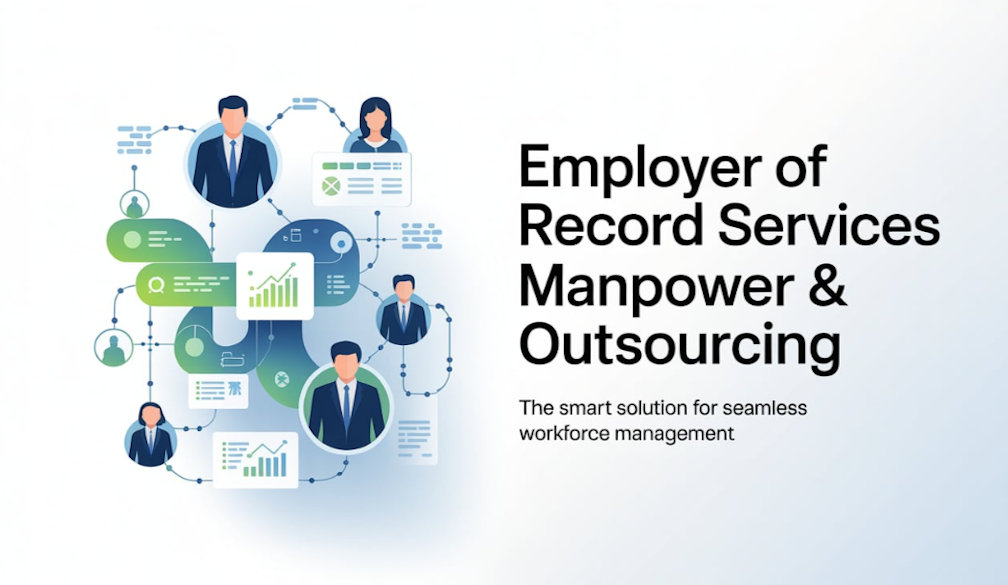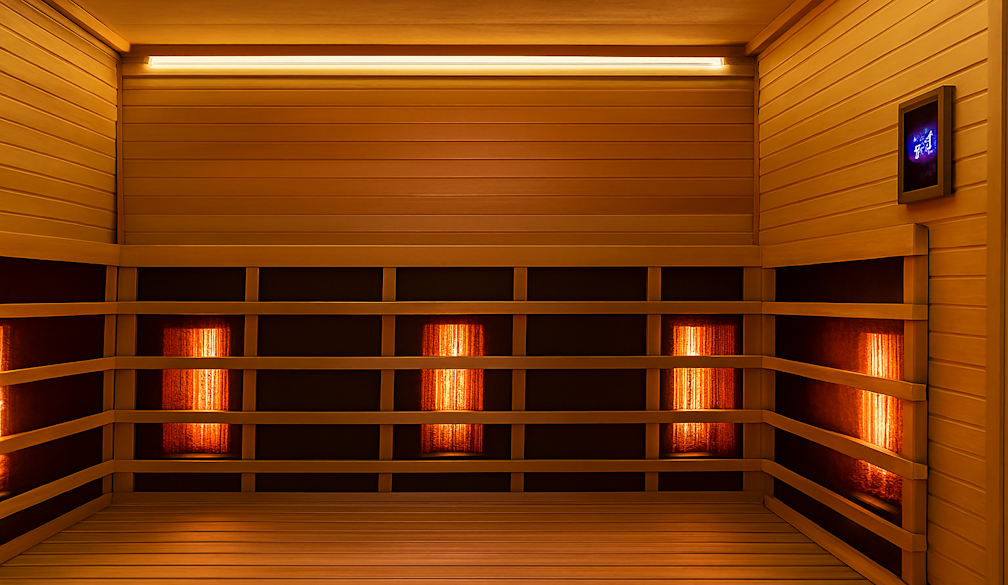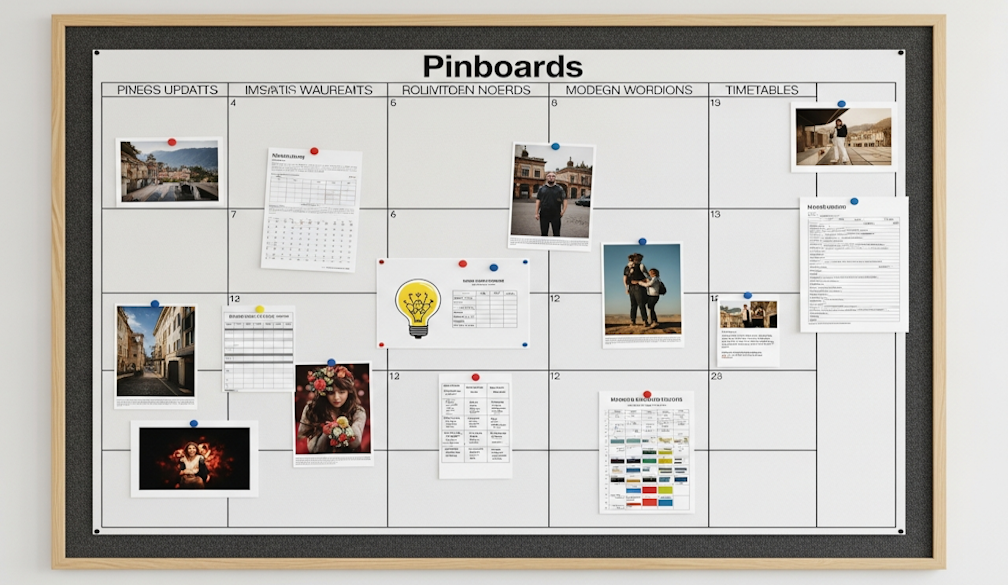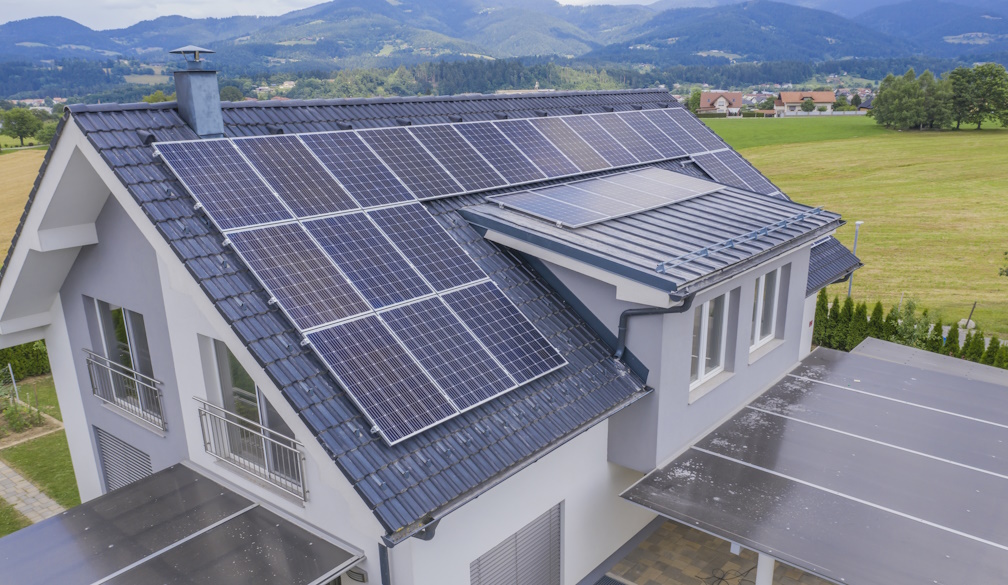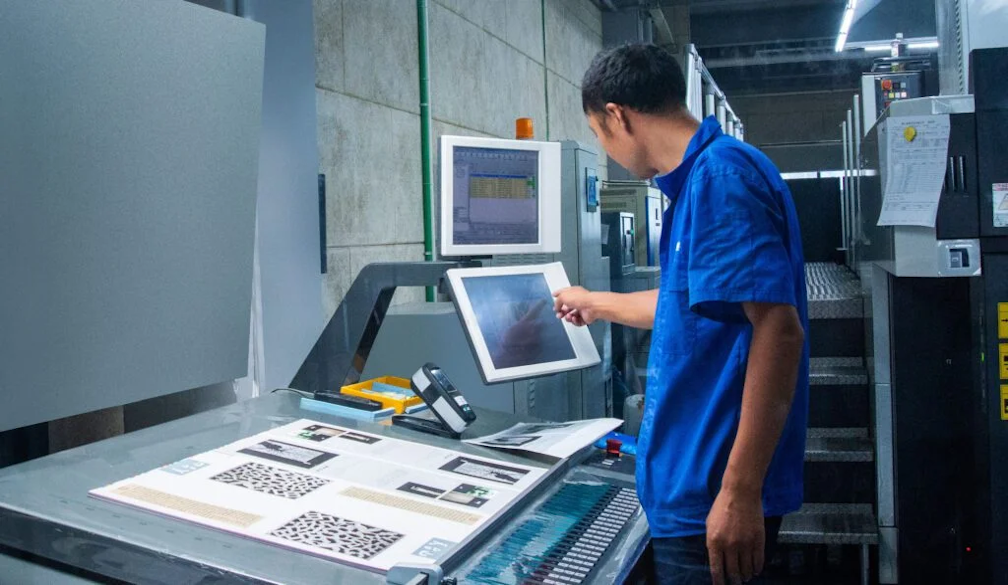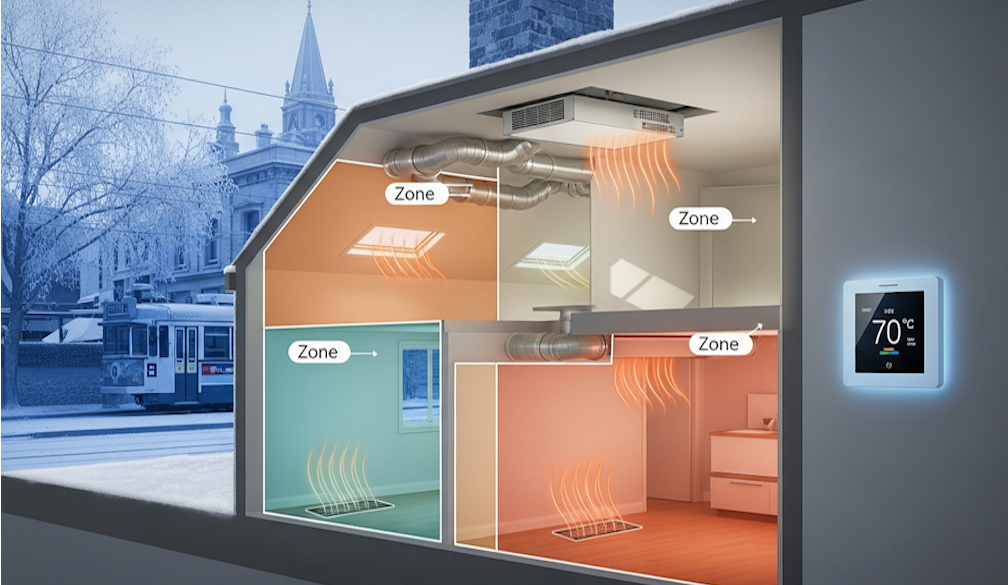Will new $10,000 apprentice payments help solve job shortages in construction? Not anytime soon
- Written by Pi-Shen Seet, Professor of Entrepreneurship and Innovation, Edith Cowan University
In an election pitch last week, Prime Minister Anthony Albanese announced new incentive payments of $10,000 for eligible apprentices in residential construction.
The federal government has committed to an ambitious target of building 1.2 million new homes over the next five years through the National Housing Accord. That means it urgently needs to boost Australia’s construction workforce.
But a recent strategic review into incentives for Australian apprentices and trainees found cost-of-living pressures were a major barrier to apprenticeship entry and completion.
Only about half of apprentices currently finish their apprenticeships.
The new program has been touted as the federal government’s initial response. It will target 62,690 apprentices and cost $627 million.
But previous attempts to attract new apprentices with cash payments have had mixed results. A similar 2023 scheme to get more tradies into “green jobs” only attracted about 2,200 sign-ups in the first year.
There are also concerns the new scheme may have unintended consequences, such as diverting talent from important sectors of the new economy – including the previous “green jobs” scheme.
Read more: There may not be enough skilled workers in Australia's pipeline for a post-COVID-19 recovery
How will it work?
From July 1, eligible apprentices in the new Housing Construction Apprenticeship Program will receive five payments of $2,000 each: after six, 12, 24 and 36 months, and upon completion. The payments are staged to encourage apprentices to complete their training.
Cash payments won’t be the only new financial incentive. There’ll also be a boost to the Living Away From Home Allowance to help cover the costs of relocating, while an increase in the Disability Australian Apprentice Wage Support payment provides financial support to employers who hire apprentices with disability.
Read more: Albanese to promise $10,000 for apprentices in housing construction
Will the scheme succeed?
The government’s previous attempts to address chronic labour shortages through cash incentives have had mixed results.
Introduced in 2023, the New Energy Apprenticeships Program also offers $10,000 in staged payments to apprentices in priority green roles, such as electric vehicle technicians.
Despite 2,200 apprentices joining in the first year, the program was deemed too restrictive by the industry. That was despite employers themselves receiving $15,000 per apprentice (which is also what is proposed for the construction scheme).
As part of the strategic review, the Centre for International Economics was commissioned to conduct an international literature review. It found that financial incentives such as wage or training subsidies and incentives were only “somewhat relevant” to the Australian context, and there was mixed support, at best, for their effectiveness.
A major factor behind the mixed results may be the crowding-out effect in economic theory.
This suggests that increasing public spending (by giving financial incentives) could undermine the intended effect by reducing or even eliminating private-sector investment. And it does not address apprehension among employers, especially small and medium-sized enterprises, about taking on more apprentices.
More than six months after the government expanded eligibility for clean energy work, the green energy sector continues to face significant skills shortages.
While these payments may help in the long run, their staggered nature over three years won’t provide immediate relief.
The plan will likely only contribute to the government’s home-building targets by 2029, if and when more Australians enrol and complete their apprenticeships in the construction sector.
Will this have effects outside the construction industry?
More strategically, by shifting the focus from “new economy” industries outlined in the Future Made in Australia policy, this scheme risks weakening efforts to transform Australia’s economy.
Read more: Australia has a new National Skills Agreement. What does this mean for vocational education?
The cash incentive for apprentices in home-building comes at a time when there is intense global competition for skills in “new industries”.
However, despite the many state and federal government initiatives for fee-free TAFE courses since the COVID pandemic, recently released data indicates a continued trend of long-term decline in Vocational Education and Training (VET) enrolments.
Albanese was asked about the government’s commitment to technology and digital innovation, with increasing global competition in artificial intelligence.
He responded by discussing the government’s commitment to the “new economy”.
However, the construction sector has until now not been identified as an essential part of the new economy’s priority industries by the government.
Instead, expanding incentives to construction apprentices marks a shift away from the priorities on green energy and new industries, and towards more traditional trades.
The cash incentives could divert school leavers from considering apprenticeships in key future industries. That is something that schemes such as the new energy program were specifically designed to do in response to multiple skills and training reviews over the past two decades.
So, despite the lack of evidence that cash incentives work, and the fact they may cause unintended effects, the proposed incentive payments appear to be a pitch addressing cost-of-living/cost-of-building concerns for the upcoming election.
Authors: Pi-Shen Seet, Professor of Entrepreneurship and Innovation, Edith Cowan University





